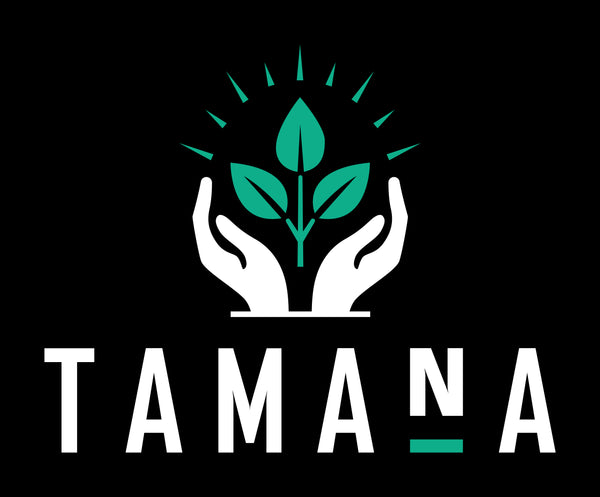
The Art of Coffee Roasting: Unlocking Flavor Profiles Across Cultures
The Art of Coffee Roasting: Unlocking Flavor Profiles Across Cultures
Coffee roasting is a transformative art that brings coffee beans from their green, raw state to the rich, aromatic form we know and love. The roasting process is not just about heat; it is a delicate interplay of time, temperature, and technique, resulting in unique flavor profiles influenced by history, culture, and local traditions.
How Roasting Affects Coffee’s Taste and Flavor Profiles
During roasting, coffee undergoes several chemical reactions:
• Maillard Reaction: This process creates complex flavors, introducing caramel, nutty, or chocolatey notes.
• Caramelization: As sugars break down, they enhance sweetness and body.
• Pyrolysis: The release of oils contributes to the coffee’s aroma and depth.
Roasting affects the bean’s solubility and, ultimately, its flavor. Light roasts maintain the bean’s natural brightness, often featuring floral or fruity notes. Medium roasts strike a balance with more sweetness and a hint of acidity. Dark roasts develop bold, smoky flavors with lower acidity.
A Historical Journey Through Coffee Roasting
1. The Middle East and Africa:
• The origins of roasting trace back to Ethiopia, where coffee was first discovered. Traditional Ethiopian roasting methods involve pan-roasting green coffee beans over open flames. Often, incense is burned alongside the coffee, adding a ritualistic element.
• In Turkey, coffee is roasted over coal or wood fires and ground into a fine powder to create the famed Turkish coffee, brewed in a cezve.
2. Europe:
• Coffee roasting was popularized in the 17th century. Early methods included stovetop roasters and handheld pans.
• Italy, the home of espresso, perfected medium-dark roasting for espresso blends, emphasizing chocolatey and nutty notes.
3. Asia:
• In Indonesia and Vietnam, beans are roasted using woks and sometimes flavored with butter or margarine during the process. This produces a smooth, bold profile.
• In Japan, coffee roasting evolved into an artisanal craft, often relying on smaller, specialized drum roasters to emphasize consistency and flavor development.
4. The Americas:
• The U.S. is known for introducing industrial-scale roasting in the 20th century, leading to widespread distribution of pre-ground coffee. However, the third-wave coffee movement emphasizes small-batch roasting that highlights origin-specific flavors.
• Latin American countries like Colombia and Costa Rica focus on lighter roasts to preserve the bean’s vibrant acidity and fruity notes.
Fuel Sources in Coffee Roasting Across the World
The choice of fuel can significantly impact roasting quality and flavor:
1. Wood Fire: Widely used in traditional roasting methods, especially in Ethiopia, adding a smoky element to the beans.
2. Charcoal: Common in Turkey and other parts of the Middle East for its ability to maintain steady heat.
3. Electricity: Predominantly used in modern drum roasters for consistency and environmental control, especially in industrial and artisanal roasteries in the U.S. and Europe.
4. Gas: Preferred for its efficiency and temperature control in modern drum roasters. Found in specialty roasteries worldwide.
5. Solar Energy: Emerging as a sustainable roasting method, particularly in regions like Africa, where sunshine is abundant.
Modern Trends in Coffee Roasting
Roasting today is a fine balance of science and art. Advances in technology allow roasters to monitor bean temperature, moisture, and color with pinpoint precision. This evolution has led to new roasting profiles, such as:
• Omni-roasting: Suitable for both espresso and pour-over brewing.
• Experimental roasts: Highlighting exotic flavor profiles through unique temperature curves.
Conclusion
Coffee roasting is far more than a method of preparing beans; it’s an ancient craft, a modern science, and a cultural legacy. Whether roasted in a traditional pan over woodfire or in a high-tech drum roaster, every batch tells a story of its origin, process, and care. At Tamana Coffee, we embrace the art of roasting to bring you beans that tell their unique story. Each cup connects you to the cultures, traditions, and flavors that coffee roasting has perfected over centuries.
